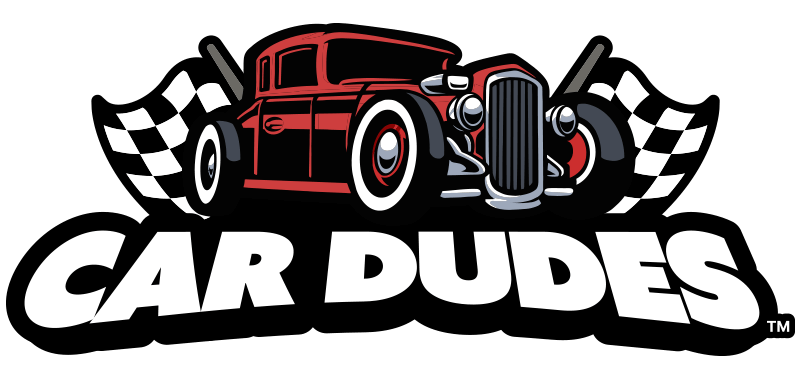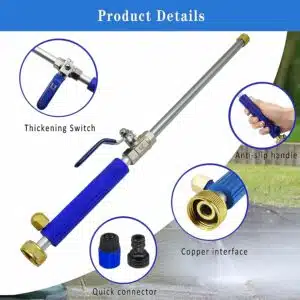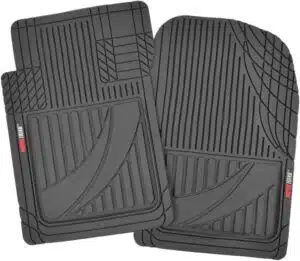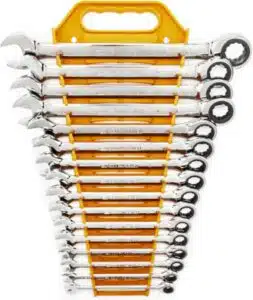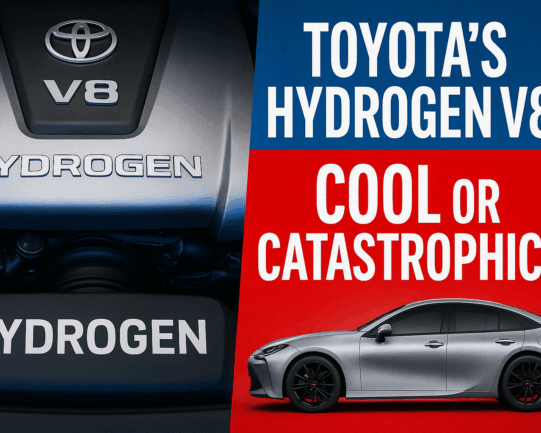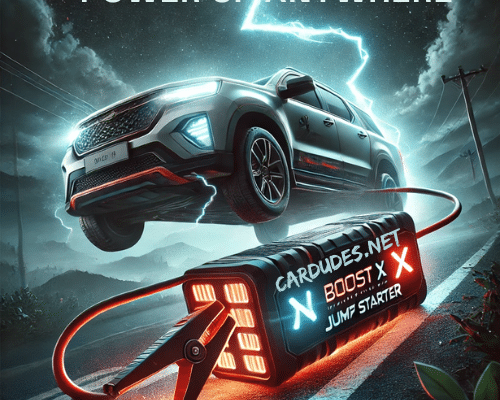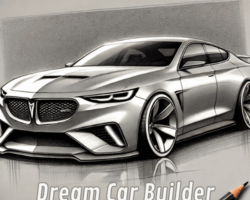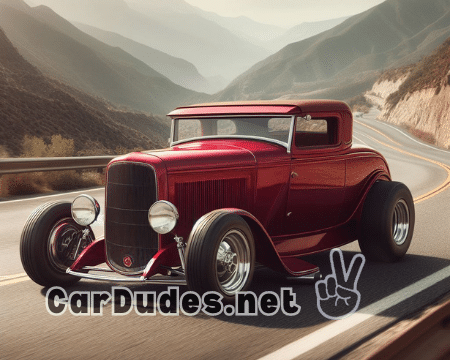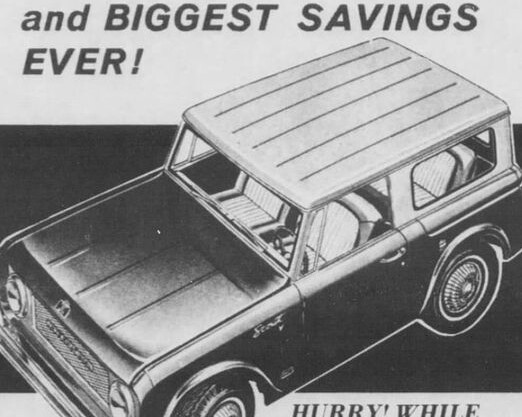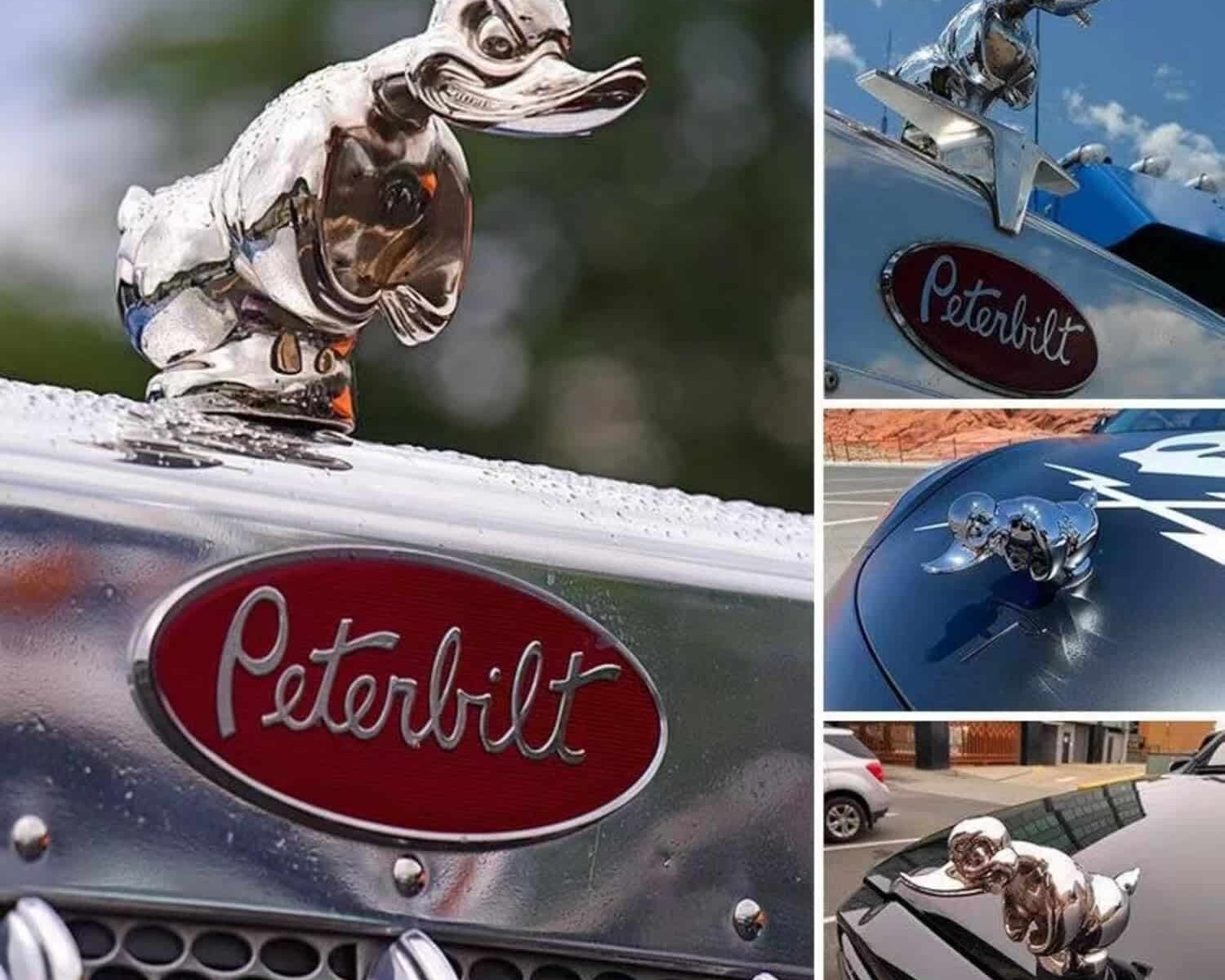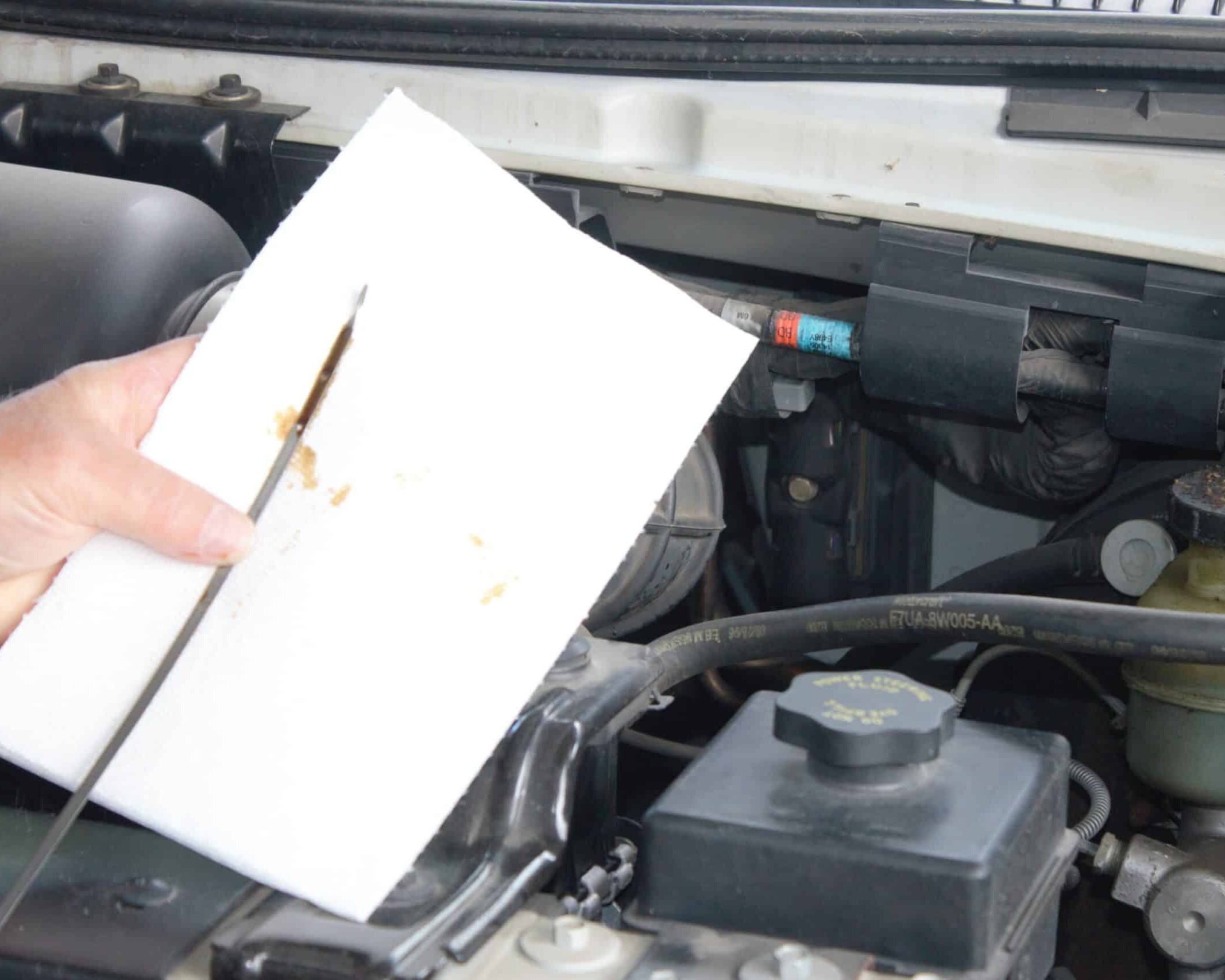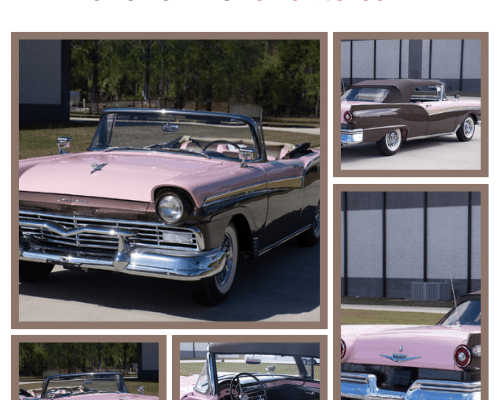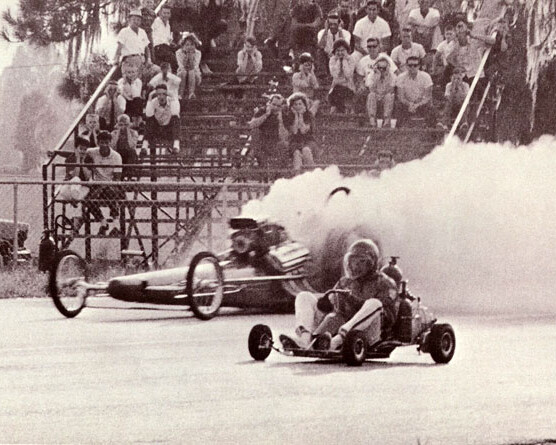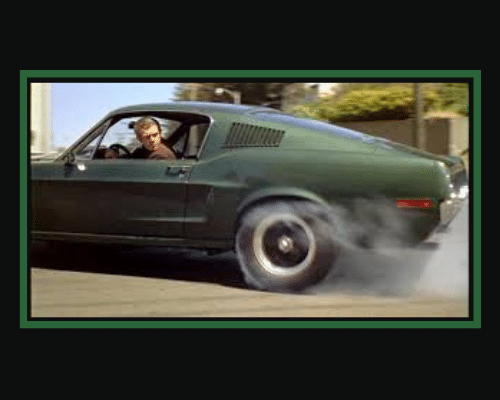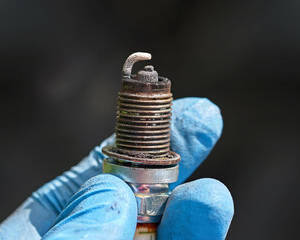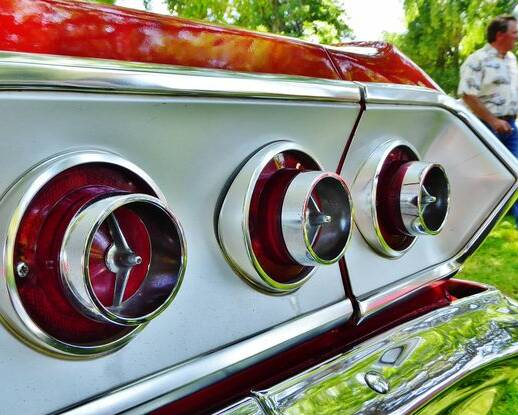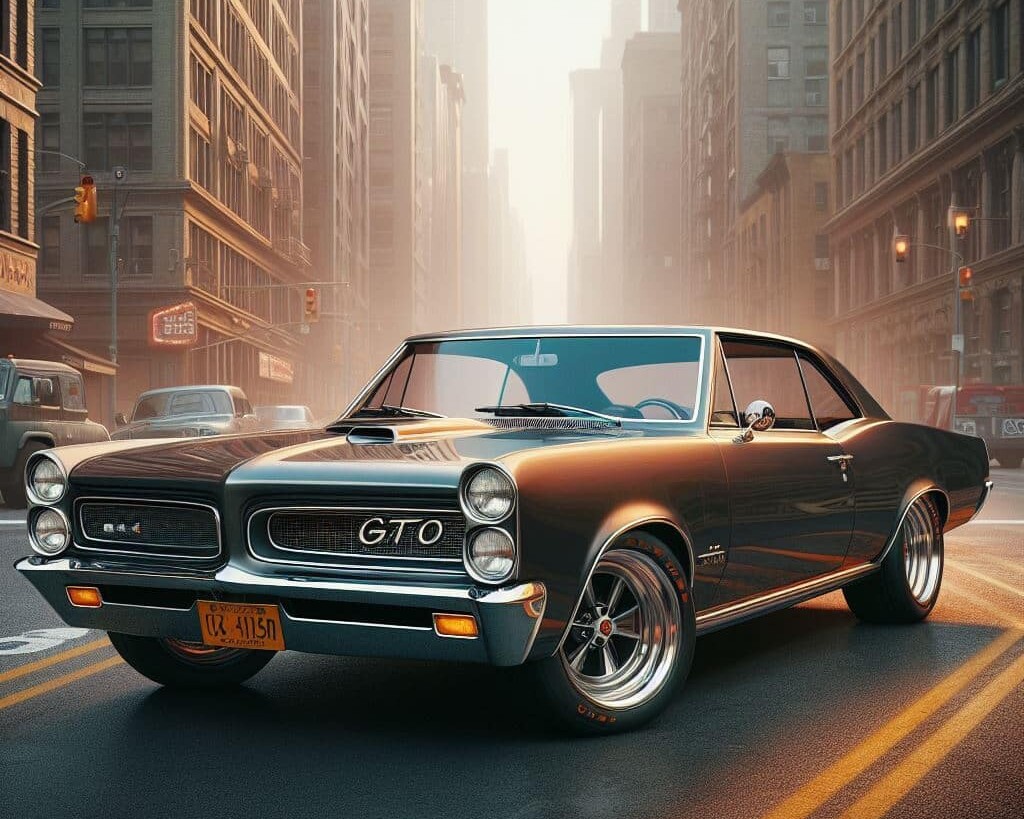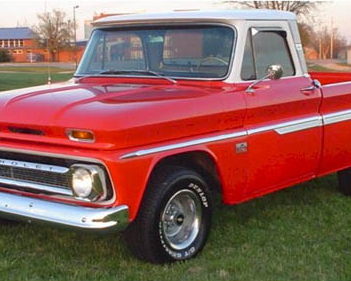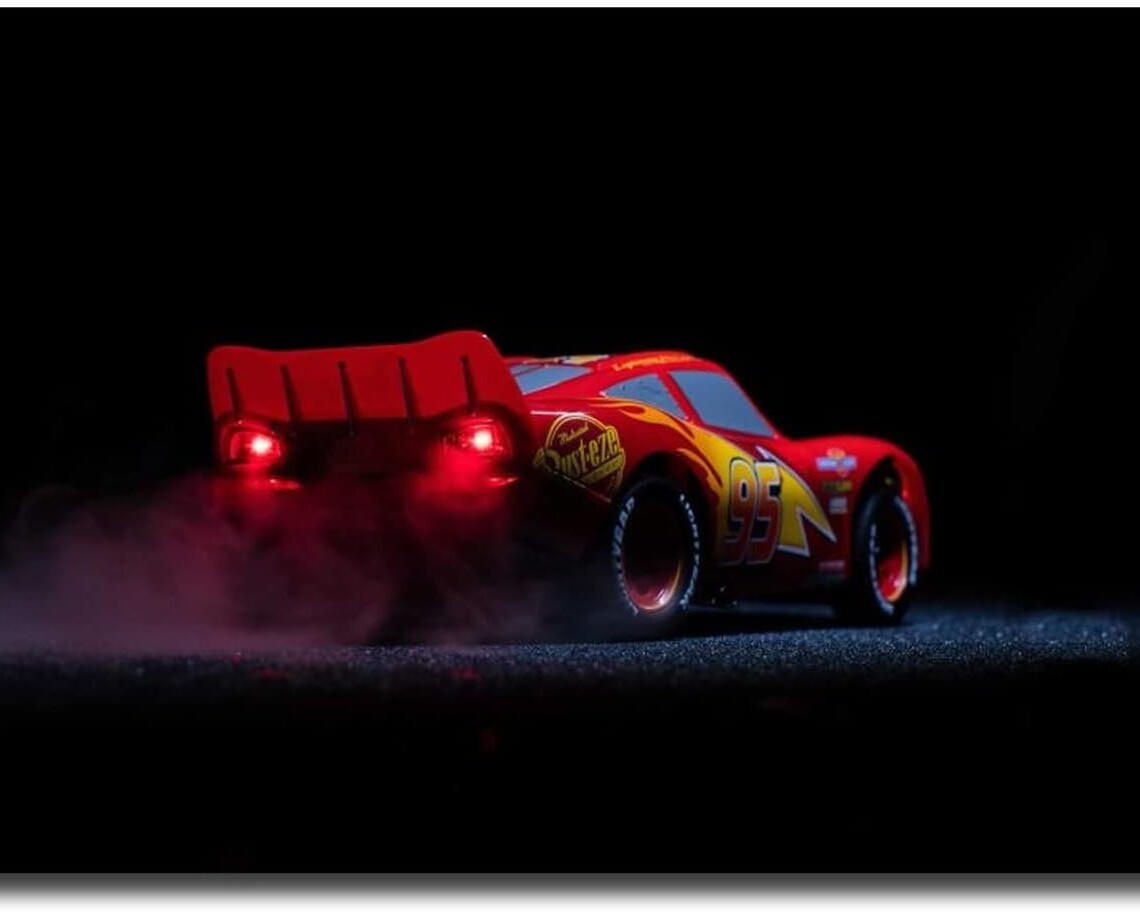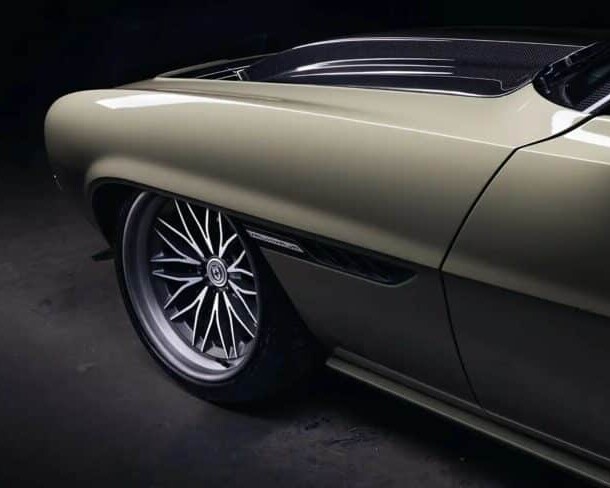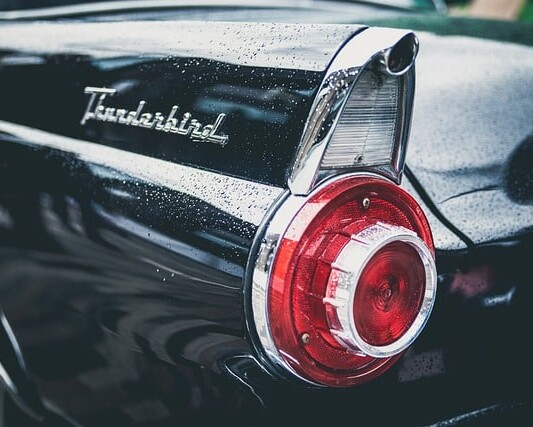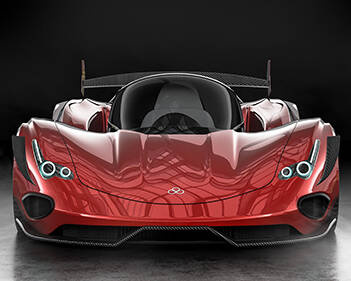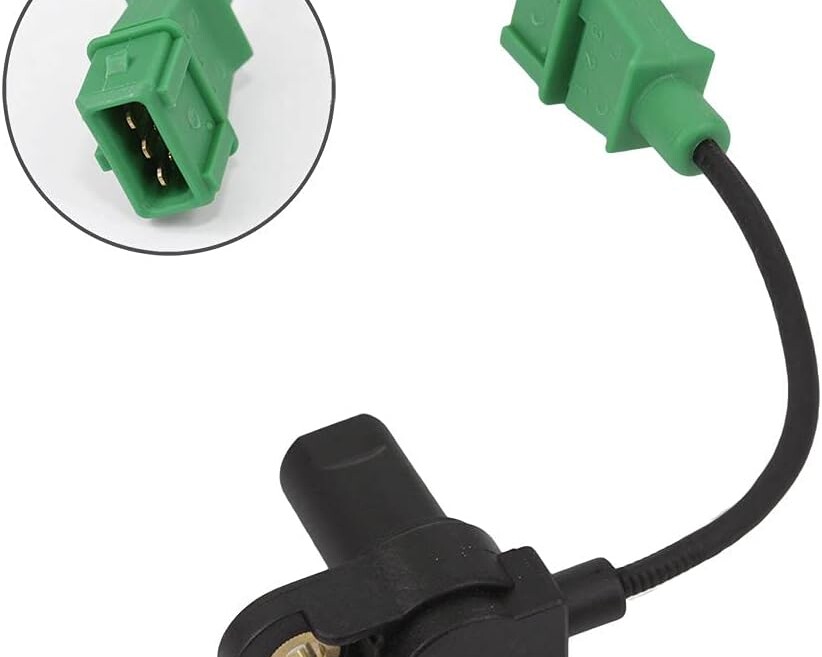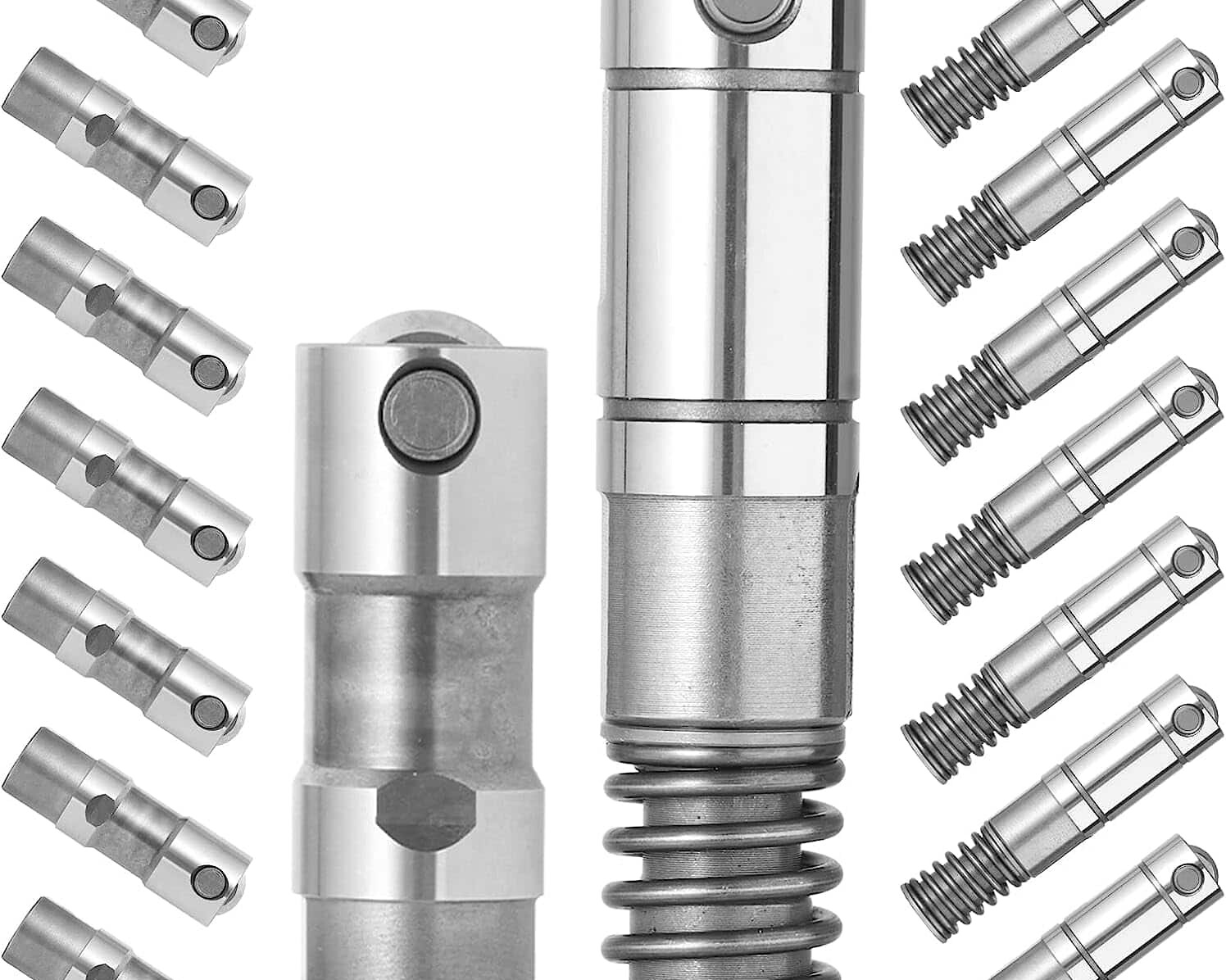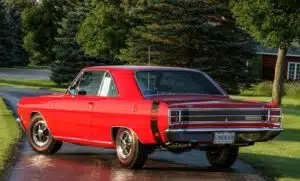

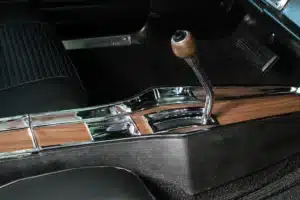


1969 Dodge Dart GTS 440: Mr. Norm Made the Engine Swap That Mopar Called Impossible
As muscle car historical narratives go, the one for the M-code, 440-powered 1969 Dodge Dart GTS is familiar:
To keep up with increasingly quick cross-town competitors in the Stock Eliminator classes, a larger,
nonproduction engine was shoehorned into the engine compartment. The caveat, of course, was that the specialty
model had to be built in sufficient quantities to satisfy the sanctioning bodies, with NHRA being
the 800-pound gorilla wearing the tech inspection patch on his jacket.
To give credit where it’s due, the 440-powered compact Dart package was originally conceived and executed in 1968 by Chicago dealer Norman Kraus (Mr. Norm) and his Grand Spaulding Dodge dealership. He was the Don Yenko of the Mopar world and had already raised eyebrows and helped lower e.t. ‘s in 1967 when he installed a 383 in a Dart and dubbed it the GSS, after the factory’s insistence it couldn’t be done. When he proved the folks in Highland Park wrong, they launched the Dart GTS with the same, impossible-to-fit RB big-block.
The next year, he doubled down with the 440 in his Dart GSS, with at least 50 produced to make the cars eligible for NHRA Super Stock competition. Again, Mother Mopar followed suit and offered the factory-official, M-code, 440-powered Dart GTS in 1969. Total GTS production for 1969 was 6,285 hardtops and 417 convertibles. Only 640 of the hardtops were M-code equipped.
Hurst was involved, too. The cars rolled off the Hamtramck (Dodge Main) line as E63-code 383 models and were shipped to Hurst's conversion facility, where the 440 engines were installed. The changeover included
specific engine mounts and a few other unique parts.
The M-code reference, then, is the special engine designation in the fifth position of the VIN. All true 440 GTS model VIN plates start with LS23M. Additionally, M9B was stamped on the fender tag, indicating the special-order 440. It’s another corroborating factor in a car’s authenticity, and that installation was handled by a third-party vendor.
The four-barrel 440 was rated at 375 hp, although its maximum potential was somewhat stifled by restrictive exhaust manifolds, a compromise to the narrow confines of the unitized A-body’s lower engine compartment. Nevertheless, the factory GTS was good for mid-13-second e.t. ‘s out of the box and high 12s with headers and few of the other tuning tricks of the day.
A 727 TorqueFlite three-speed automatic was the only transmission offered with the M-code 440; power steering and power brakes weren’t available. Disc brakes weren’t offered, either. A 3.55-geared 8 3/4-inch Sure Grip rear axle was standard, and 3.91 gears were optional. It was the quintessential muscle car package: big engine and no power-robbing accessories. But underhood space was also a factor. With the RB engine in place, there wasn’t much room for power accessories.
Out the door, the retail price for an M-code Dart GTS was about $3,150, plus another $30 or so if the customer opted for the 3.91 axle ratio. Adjusted for inflation, that’s about $21,600 today, or basically Fiat 500 money for a special-build homologation special. It was a hell of deal then and looks even better today!
But like other similarly intended packages of the day, there were a few strings attached to the warranty card. The driveline—driveshaft, U-joints, rear axle, and so on—was exempted from coverage, and the warranty wasn’t transferable to the next strip jockey, either. Dodge built the cars for a singular purpose and wasn’t about to replace the axles for customers whose track aspirations exceeded their experience or talent.
A Lasting Impression
Nick Brouwer’s affinity for high-powered Darts began in 1972, while he was hosing down the new and used cars at an Ontario car dealership. “At the time, people were trading in all sorts of muscle cars,” he says. “One of the cleanest was a gold 1969 Dart GTS with a 340 engine. I knew my older brother was looking for a new set of wheels and, during dinner one evening, I really talked up the Dodge.”
Nick's brother took the bait and bought the Dart.
“I loved the way the car and its big cam sounded,” says Nick. “And it looked great in gold, with its black tail stripe. It just did everything for me, and I’ve loved those cars ever since.”
It would be another 12 years before he would purchase his first Dart (another gold 1969 GTS with a 340), but it would be far from his last. The rare M-code 440 model would be his holy grail. It took nearly 20 years to find it.
“As these things often go, there were plenty of dead-ends and inaccurate descriptions, but I was persistent,” Nick says. “Finally, one popped up in northern Ontario, and I immediately went to see it.”
Originally sold through Grand Spaulding Dodge, the R6 Red Dart was a recent transplant from the States, where it lived mostly in the South and had been turned into a race car, complete with wheel tubs, roughly hacked fender openings, and other track-oriented equipment. Additionally, the odometer showed only 640 miles, which were likely acquired, as the clich goes, a quarter-mile at a time.
“It was a 20-footer,” recalls Nick. “It had a lot of war wounds, but was very solid and rust-free. I couldn’t say no.”
A complete restoration was ordered for the car, but as other things in the world of cars go, the original resto shop faltered on its commitment. After the car had languished on the rotisserie for about a year with no appreciable work to show for the time and money, Nick had it taken to another shop to complete the work.
“It was frustrating, but in the end, the car turned out exceptionally well,” he says. “It looks factory-new and drives just as well.”
Despite the sheetmetal surgery previous owners had performed on the rare Mopar, the interior had been left largely intact, and much of it remains original. The engine was rebuilt to stock specs. Correct drivetrain components replaced the racing parts.
Nick’s M-code Dart is a jewel in a collection of eight additional Darts, including that gold GTS he bought back in 1984. Admittedly, the car now sees more time on the show field than the dragstrip, but that’s understandable for a 50-year-old rarity that is, perhaps, one of less than 100 known survivors. The others undoubtedly succumbed to their Super Stock battle wounds or the sheetmetal cancer that afflicted so many of the otherwise strong strip warriors.
The car is a regular at the Moparfest, Canada's largest all-Mopar show, where Norm Kraus himself holds court for the weekend in August. Nick's Dart is shown alongside the Mr. Norm's display."He's a creative, far-thinking
guy who did a lot to push Mopar performance forward in new and unexpected avenues," says Nick about Mr. Norm. "That this car was not only conceived by him, but sold through his dealership, is a thrill for a real enthusiast like me."
As compression ratios and the muscle car market began to wane in the early 1970s, Mr. Norm held out to the end, developing performance packages for Demons, including a supercharged version. When the muscle car market was on its last breath, he turned to the next big trends: vans. He was an early pioneer in the conversion van business.
Yet his GSS Darts and the factory-backed M-code GTS models, however, are his true legacy, cars the factory originally said couldn’t be built. That’s showing them!
Decoding The Tags
The first (bottom) line of the fender tag tells the story: E63 denotes the 383 engine the car was originally built with, while M9B was the code for the special-order 440. Additionally, all M-code cars included the Y39 special suspension package.
The VIN for an M-code Dart has M in the fifth spot. The string decodes this way:
L Dart
S GTS
23 Hardtop
M Special-order engine
9 1969
B Hamtramck plant
232nnn Production sequence (last 3 numbers omitted for privacy)
At A Glance
1969 Dart GTS
Owned by: Nick Brouwer
Restored by: Professional restoration overseen by owner
Engine: 440ci/375hp Magnum V-8
Transmission: Chrysler 727 TorqueFlite 3-speed automatic
Rearend: Chrysler 8 3/4-inch with 3.91 gears and Sure Grip
Interior: P6X-code premium black vinyl
Wheels: 14×5-inch steel with wheel covers
Tires: D70-14 Goodyear Wide Tread redline
Special parts: M-code 440 engine installed by Hurst Performance
Barry Kluczyk Author Mar 22, 2019
Unique Classic Cars
“I may not be a race car driver, but I can definitely rock a parallel parking challenge.” ;>)
HAVE YOU FOUND WHAT YOU’RE LOOKING FOR
Jet Nozzle Power Washer for Garden Hose Hydro Jet Nozzle 2-in-1 High Pressure Washer
Get What You Need at a Price Unexpected
Best Wipers-On Sale HERE!
Custom Wheels-Get Our Monthly Payment Plan HERE!
Tap to Play Video
CLICK NOW and Get Your Converter Plus Muffler Complete Exhaust Pipe Systems
Heavy Duty Floor Mats-See Details, CLICK HERE
Car Detailing Kit-Click Here and Save
